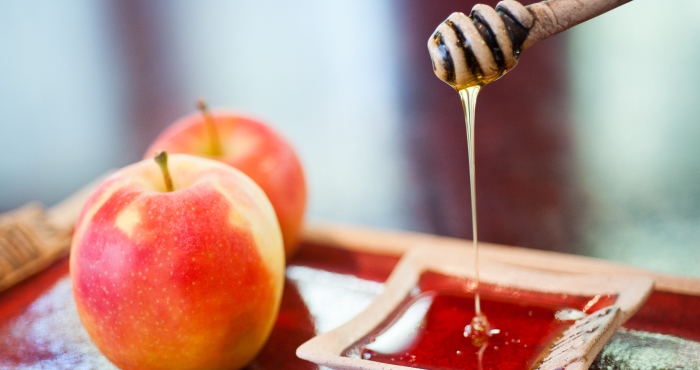
Rosh Hashanah, the Jewish new year, is the first of the High Holy Days or Yamim Noraim (Days of Awe). It weds seriousness with celebration and begins the 10 days of repentance that culminate in Yom Kippur. The new year focuses our attention on themes of judgment, repentance, memory, and the divine presence in the world. At the same time, Rosh Hashanah invites us to celebrate birth and creation on many levels. The liturgy suggests that Rosh Hashanah commemorates the creation of the world. Family-oriented services often include a birthday cake for the world—a big hit for kids of all ages! We dip apples in honey to emphasize the sweetness of starting the cycle of seasons once again, and eat round challot to remind us of the cycles of life. The Torah and Haftarah readings for the holiday also address birth and the preciousness of all human life. These stories remind us that the arrival of every child—each and every one of us—is a promise for a renewed world. We renew ourselves at Rosh Hashanah in order to reconnect with this promise and to help ourselves fulfill it in the year ahead.
Subscribe for the latest rituals, online learning opportunities, and unique Judaica finds from our store.